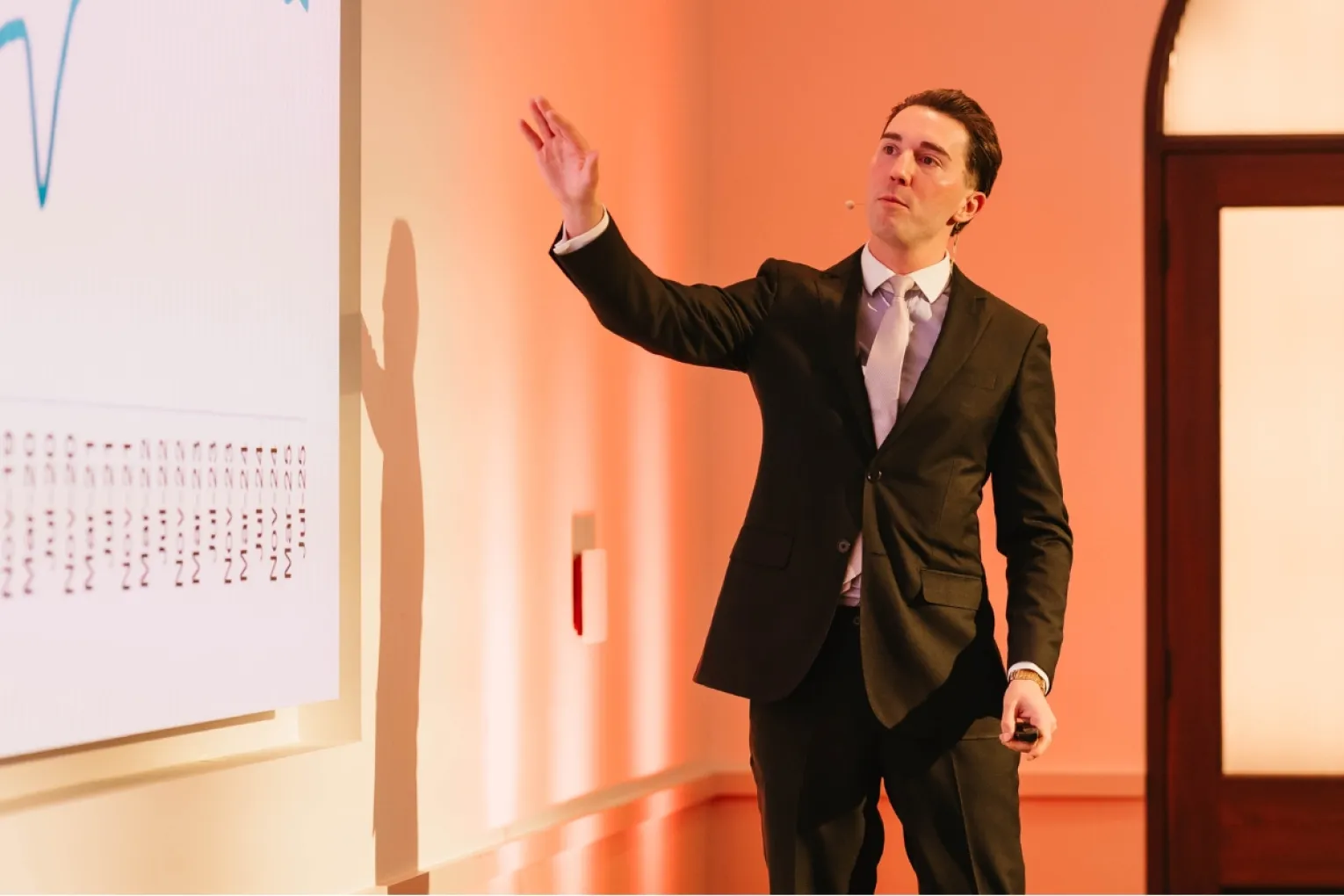Adelaide workers city spend and employment hotspots revealed
An Adelaide Economic Development Agency event reveals just how much workers spend in the city and where on the grid a record number of people are now employed.

Some $2.5 billion is spent by workers in the city each year, according to data compiled by the City of Adelaide and the National Institute of Economic and Industry Research in 2025.
An average city worker spends $72 per day, averaging $274 per week, with a collective spend of $205 million per month, the data showed.
The statistics were shared at the Adelaide Economic Development Agency’s (AEDA) Data4Lunch event at the Adelaide Marriott Hotel on King William Street last week.
Attendees heard from Scott Philp, who is associate senior manager of workforce planning and analysis at the Department of State Development, AEDA economic research advisor Jordon Tomopoulos and StudyAdelaide chief executive Jane Johnston.
“Professionals come into the city and they demand office space, they demand infrastructure, and that construction creates jobs, those jobs create activity, activity is expenditure,” Tomopoulos said.
You might like
“Obviously, the tradies buy their sausage rolls and iced coffee, and that creates retail, and retail needs more service businesses for their accounting, legal, etc.”
Of the approximately 975,000 workers across South Australia in 2025, 172,652 were employed in the CBD and North Adelaide, making up 29 per cent of users in the City of Adelaide, the data showed.
| Sponsored |
According to 2025 data from ABS Labour Force Detailed, the industries with the most workers currently were health care and social assistance, followed by retail trade and construction.
Stay informed, daily
Meanwhile, data from the Victoria University Employment Forecasts predicted that by 2035, education and training would overtake construction as one of the top three industries in South Australia with the most workers.
“You probably hear about this emerging ecosystem in the city, but it’s not just at Lot Fourteen – the ecosystem is spread across,” Tomopoulos said.
“You’ve got the universities on North Terrace. You’ve got biomed on the other side, where the RAH is located. You’ve got visual effects and gaming all throughout the CBD, and space and defence are really starting to pop up as well.”
StudyAdelaide chief executive Jane Johnston told the forum that international education is South Australia’s largest export in 2025, bringing in some $3.23 billion to the state.
In 2024, there were 59,000 international student enrolments, with students originating from more than 130 countries, according to StudyAdelaide data.
Most students came from India and China, with other countries in the top 10 including Nepal, Colombia and Brazil.
International students, who spent more than 60 per cent of their money on rent, lived in 34 facilities with 9000 beds across South Australia, with an additional 1500 beds currently being added in new developments.
Thirty-two per cent of international students studied a VET course, 27 per cent a postgraduate course, 23 per cent an undergraduate course and four per cent studied at a school.
The top fields of study were healthcare, engineering, IT, commerce, food and hospitality.
“When you’re thinking through your workforce, your diversity, potentially what you’re needing, there is a huge number of students who are currently here,” said Johnston.
“There are thousands of students who are going to graduate at the end of this year, very soon, with a local qualification in an area of workforce need.”









